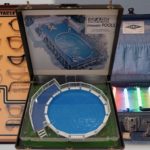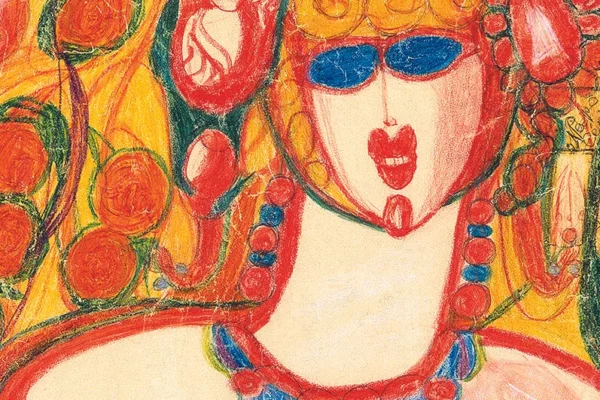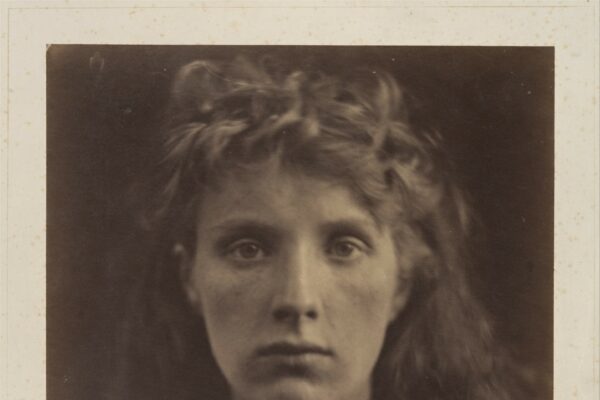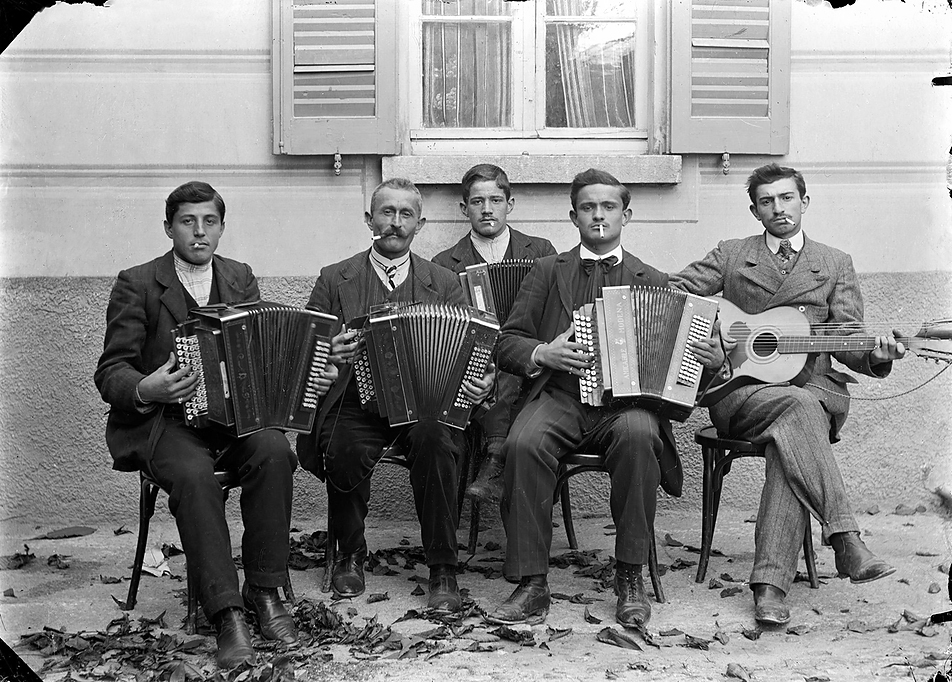
Between 1900 and 1930, a poor and destitute seed pedlar took more than five thousand photographs of daily life in an isolated valley of the Italian-speaking Swiss territory to the south of the Alps. Roberto Donetta can now be considered one of Swiss photography’s great outsider artists, but when he died in debt, solitude and misery in 1932, while his household belongings were auctioned off, his life’s work was of interest to no one. For more than 30 years, thousands of glass plates and original prints were forgotten in the attic of his town parish, preserved merely by chance.
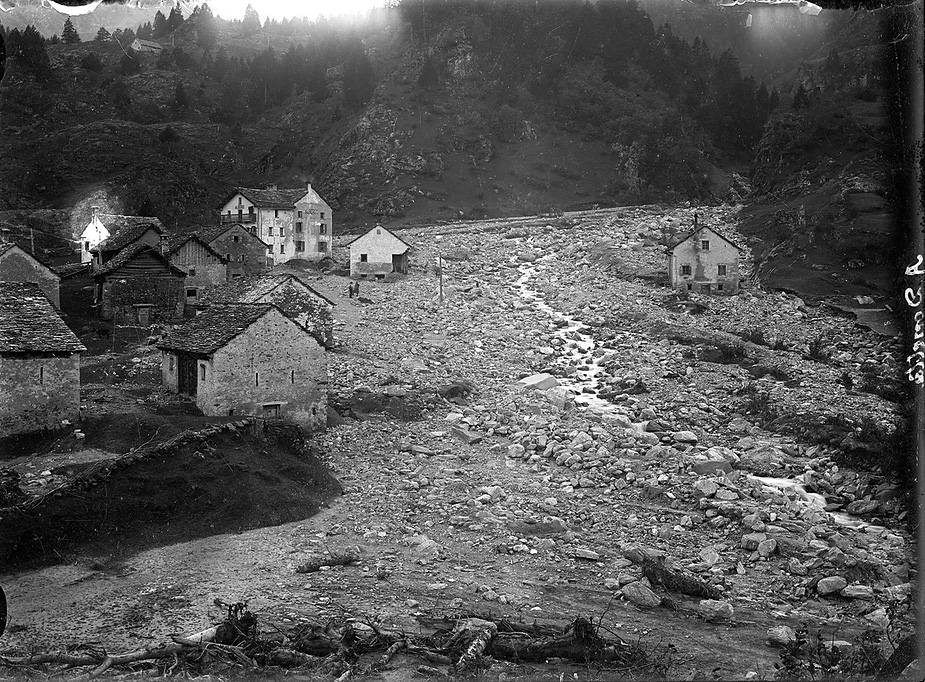
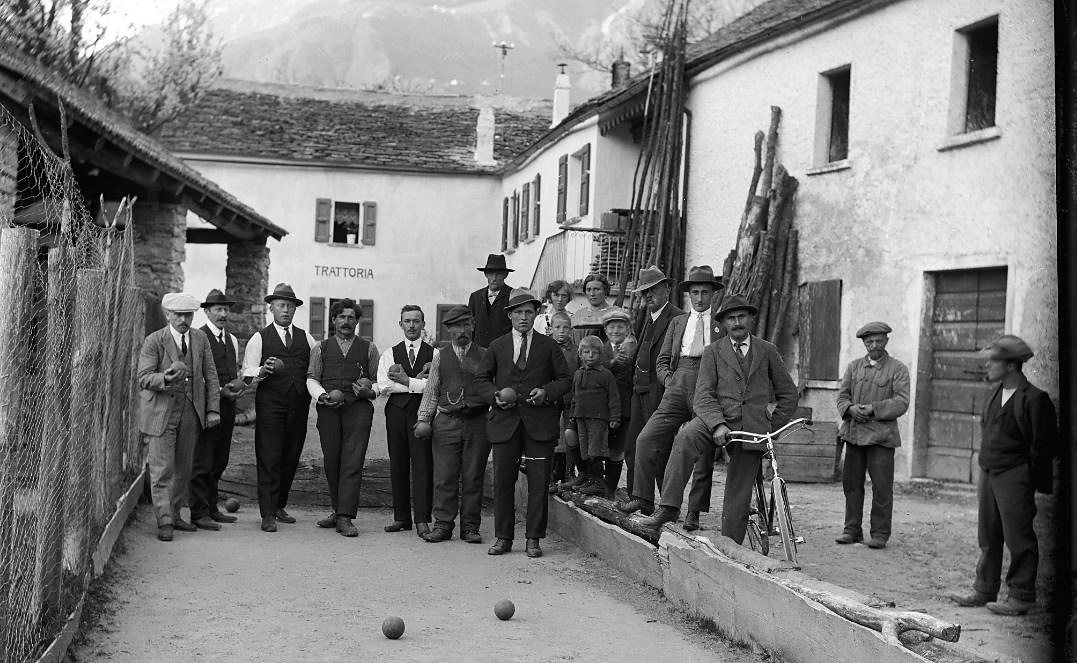
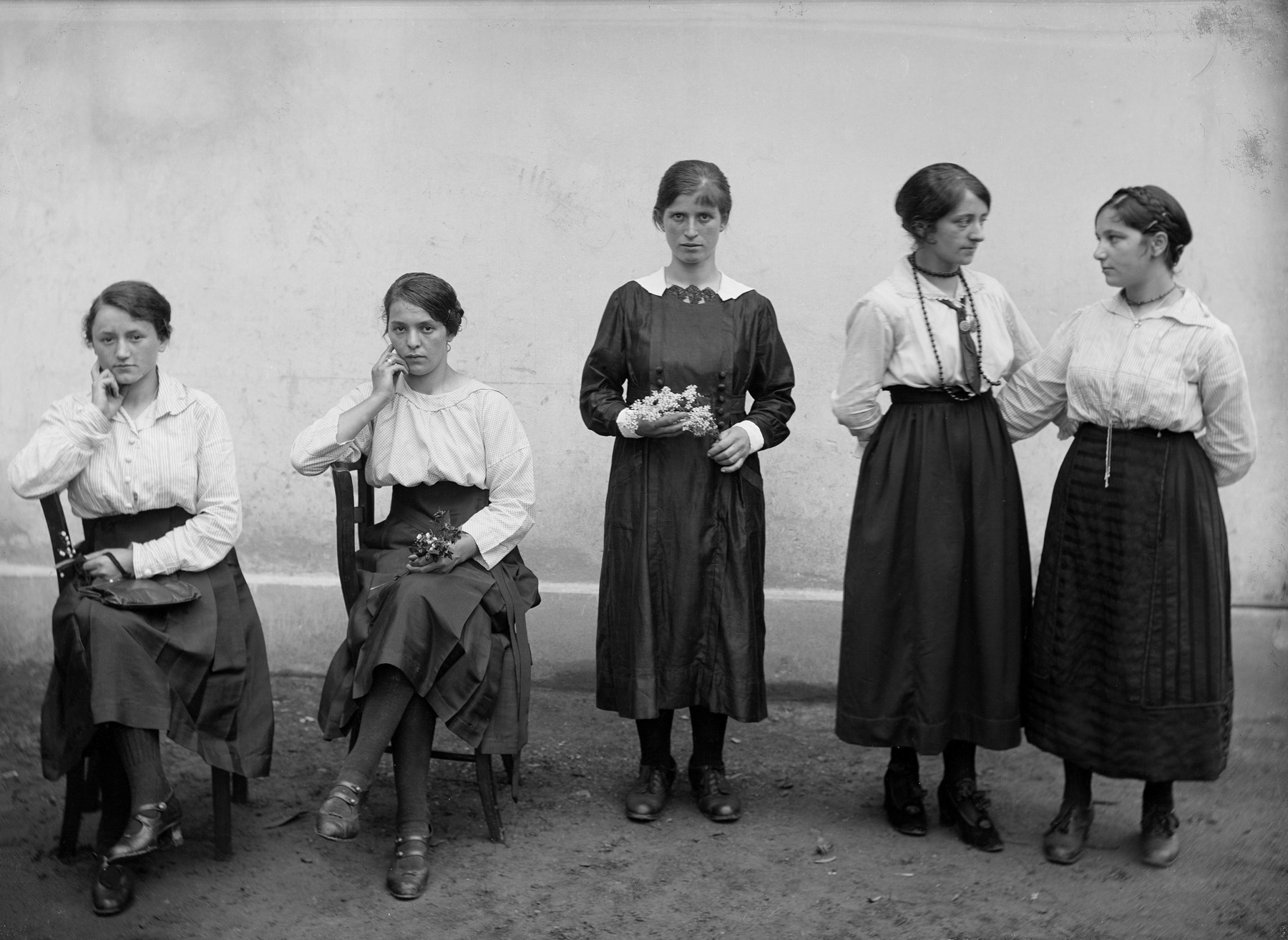
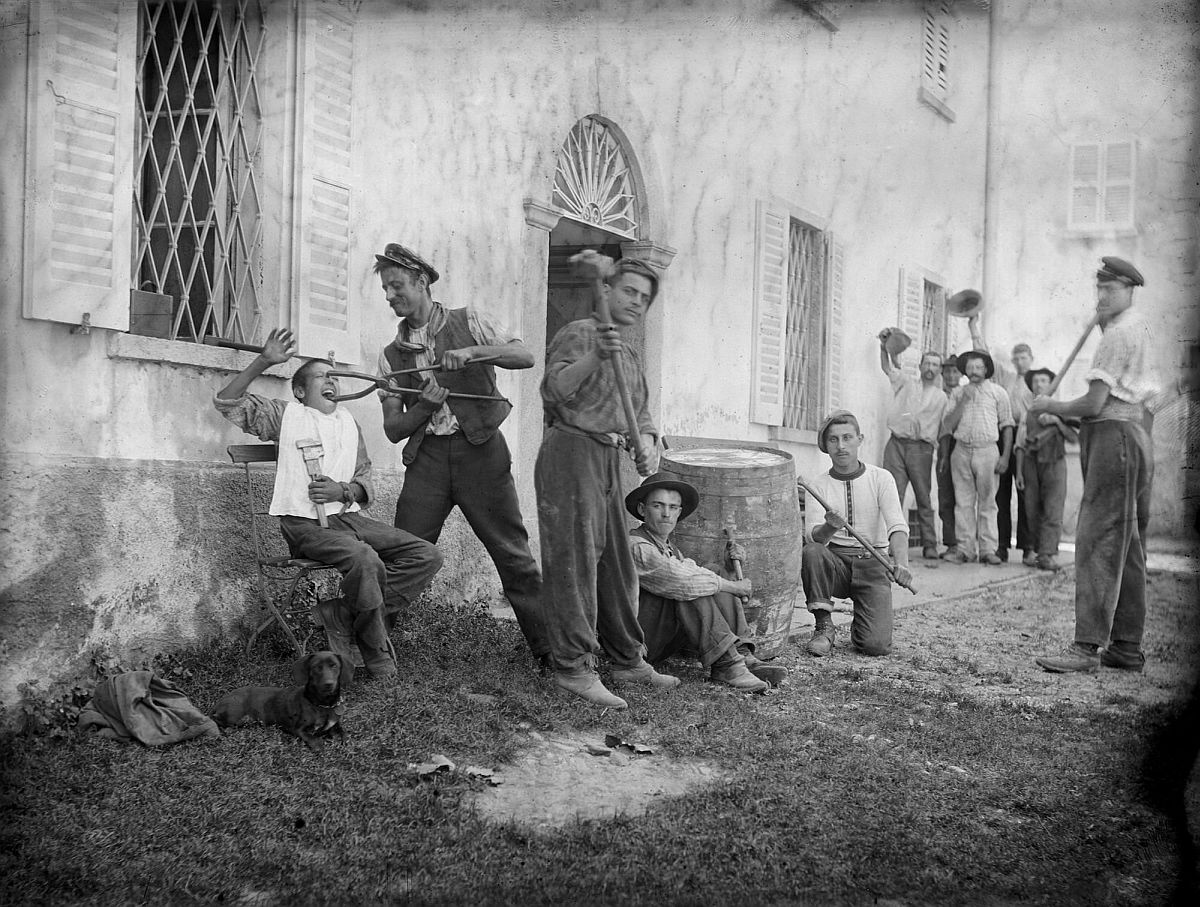
Crisp, high quality, powerful and penetrating, Donetta’s images are much more than a historical documentation of village life in Switzerland. The unlikely photographer was a unique chronicler who clearly saw himself as an artist, even if life’s circumstances wouldn’t allow it. Born to humble beginnings in the Blenio Valley in Ticino, one of the poorest regions in Switzerland, Roberto Donetta was forced to emigrate, like most of his countrymen. He went to Northern Italy to sell chestnuts on the streets and later even immigrated to London for a year where he worked as a seed salesman.
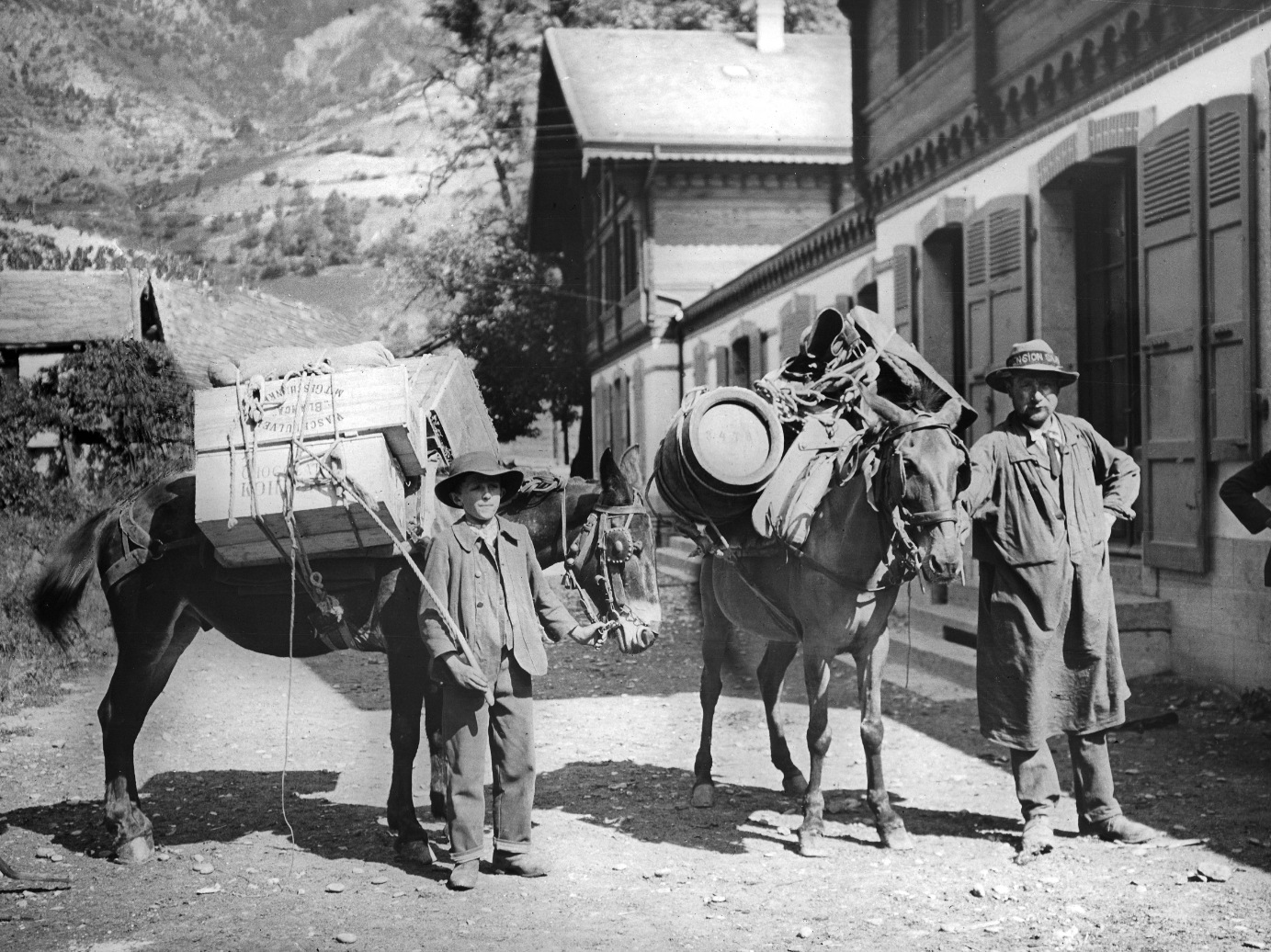
He had married young at the age of 21, and had seven children to feed and provide for. Somewhere along the way, he met a sculptor, Dionigi Sorgesa, who in addition to teaching him the basics, gave him a camera. Making a living as a travelling photographer and seed salesman, he eventually found his way back to Switzerland, settling in the Casserio of Corzoneso where he captured his compatriots in all facets of everyday life. Butchers and blacksmiths joking around at work, families attending funeral processions, children playing in the forest– the theatre of his life.


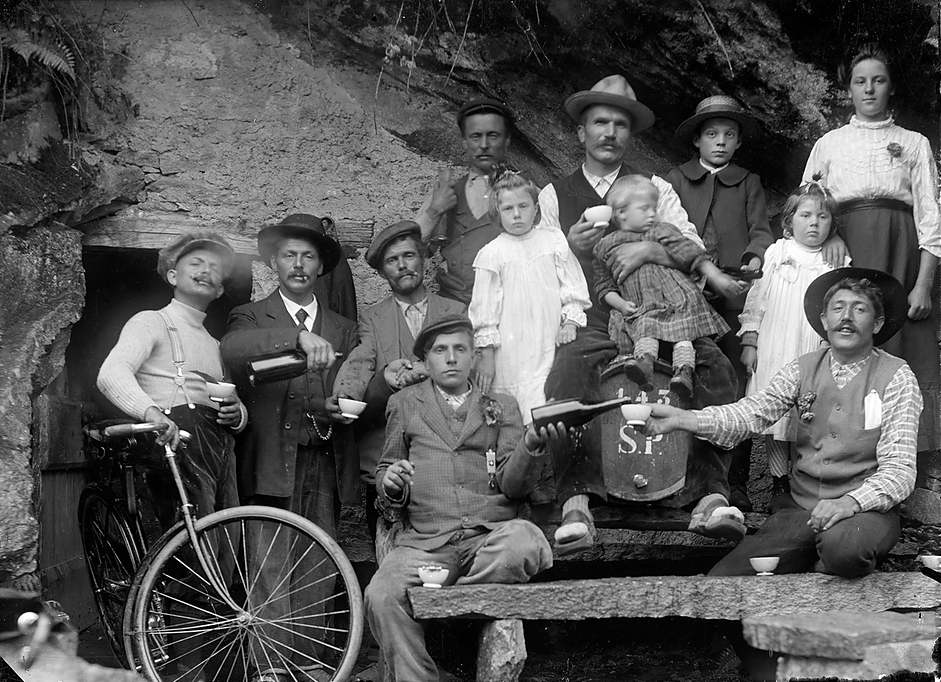
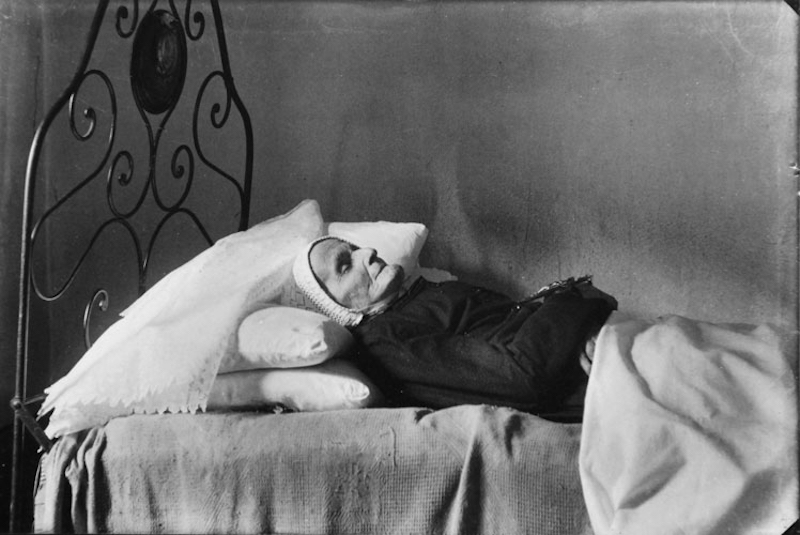
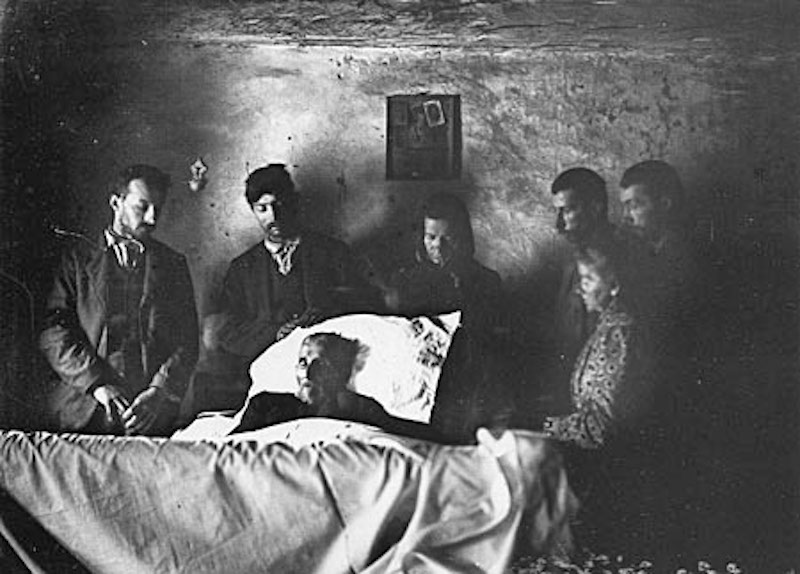
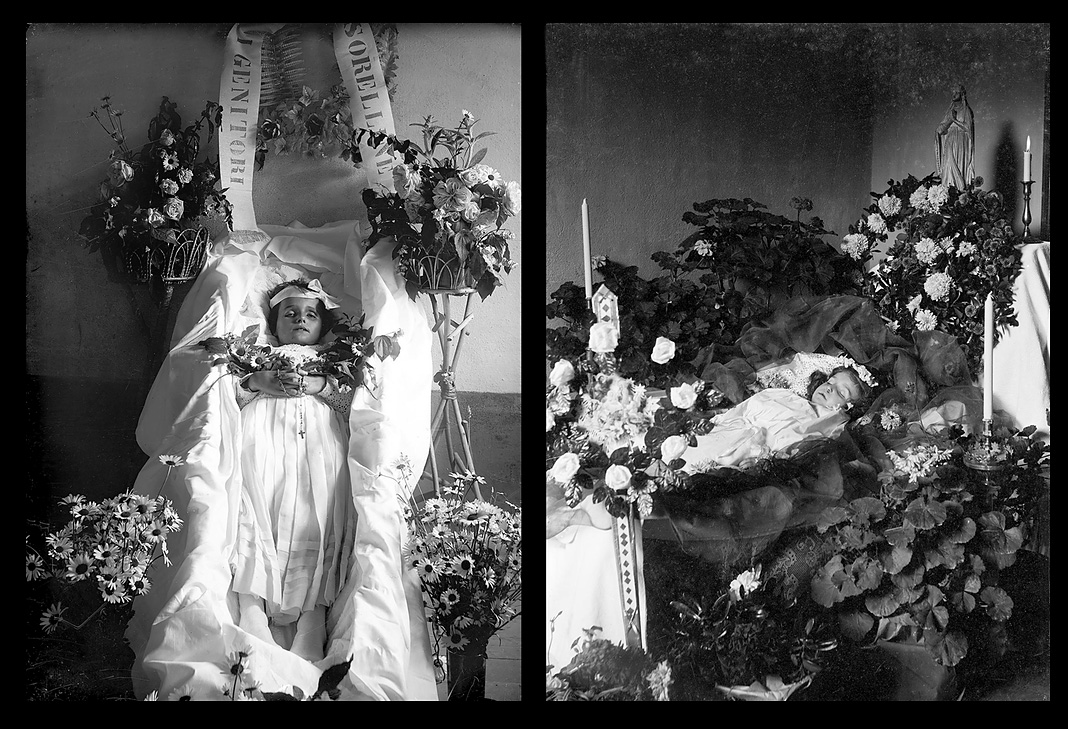
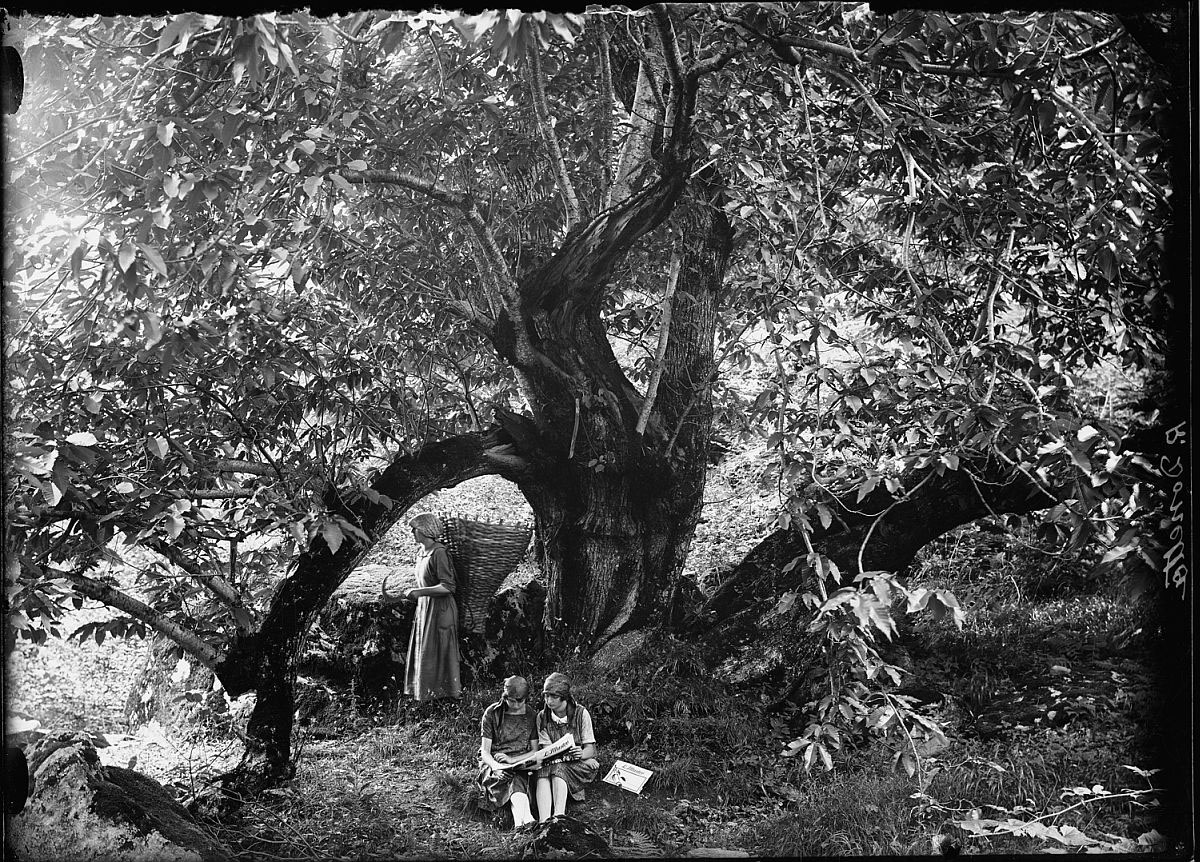
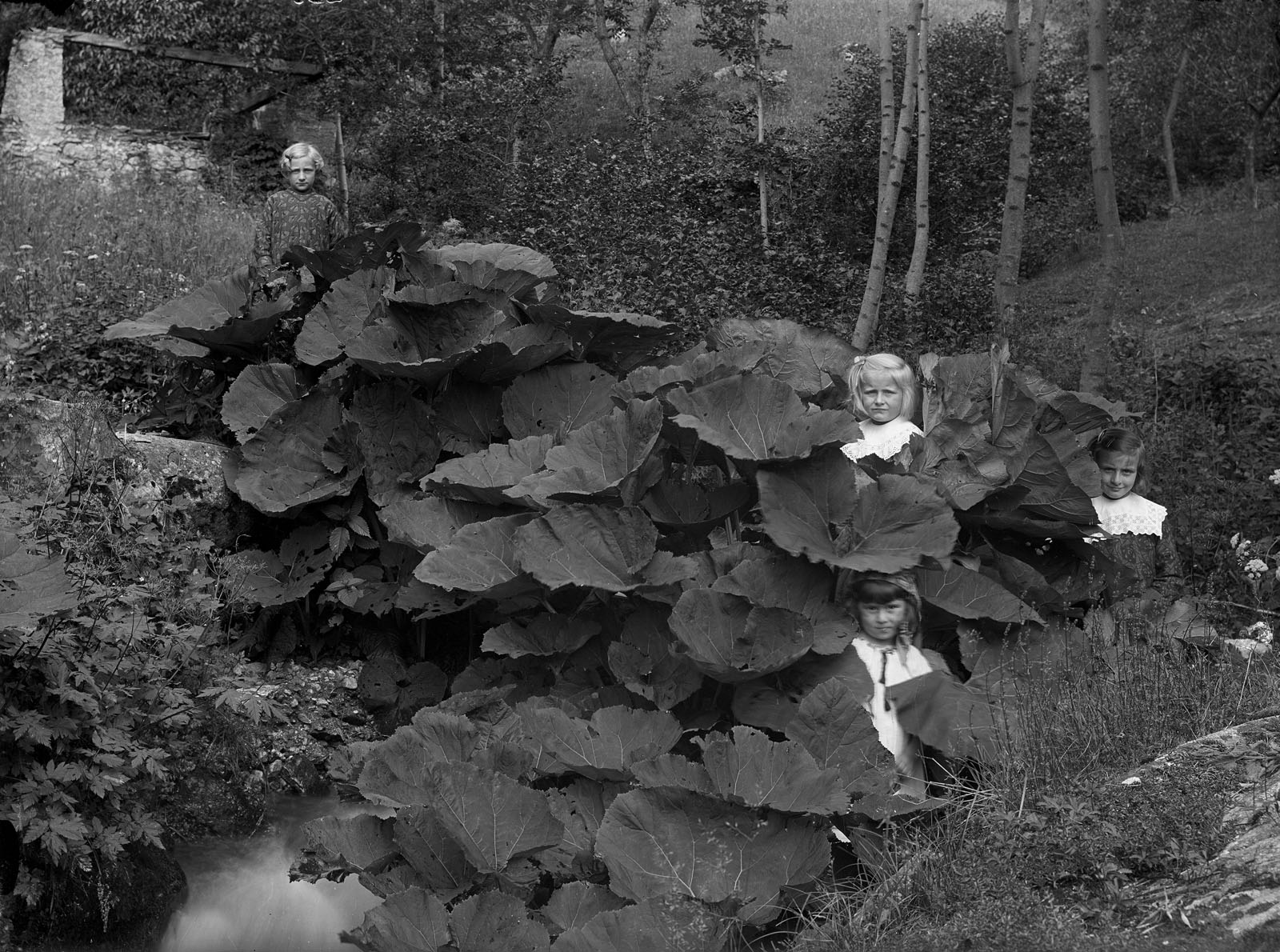
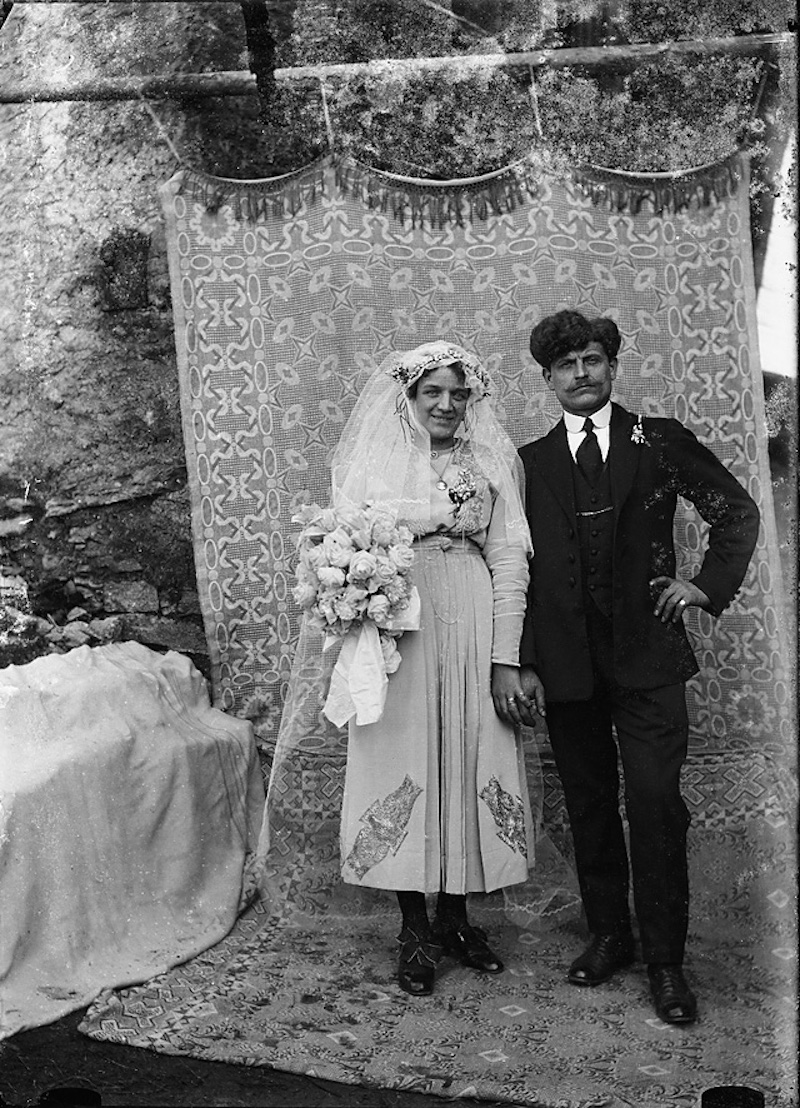
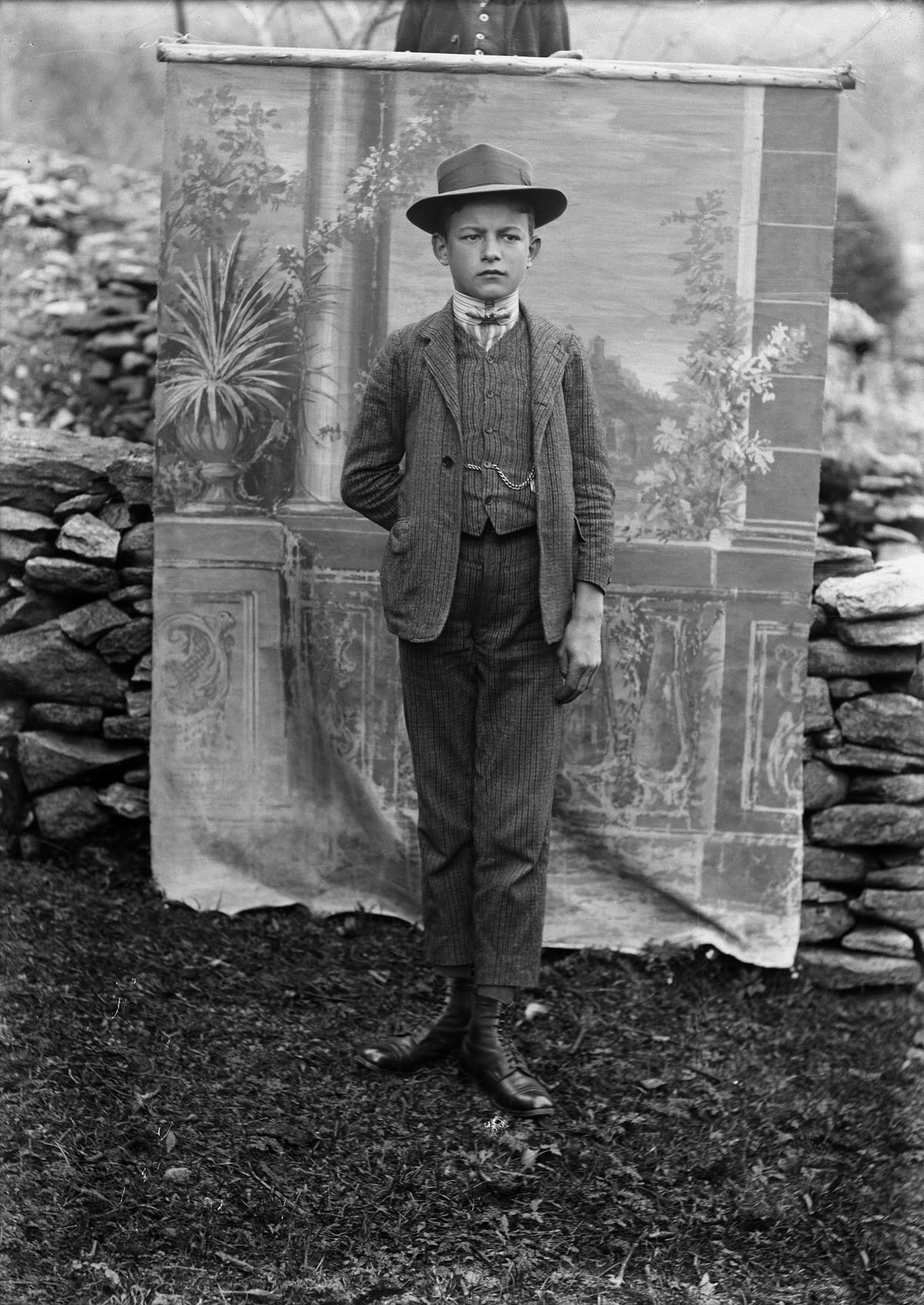
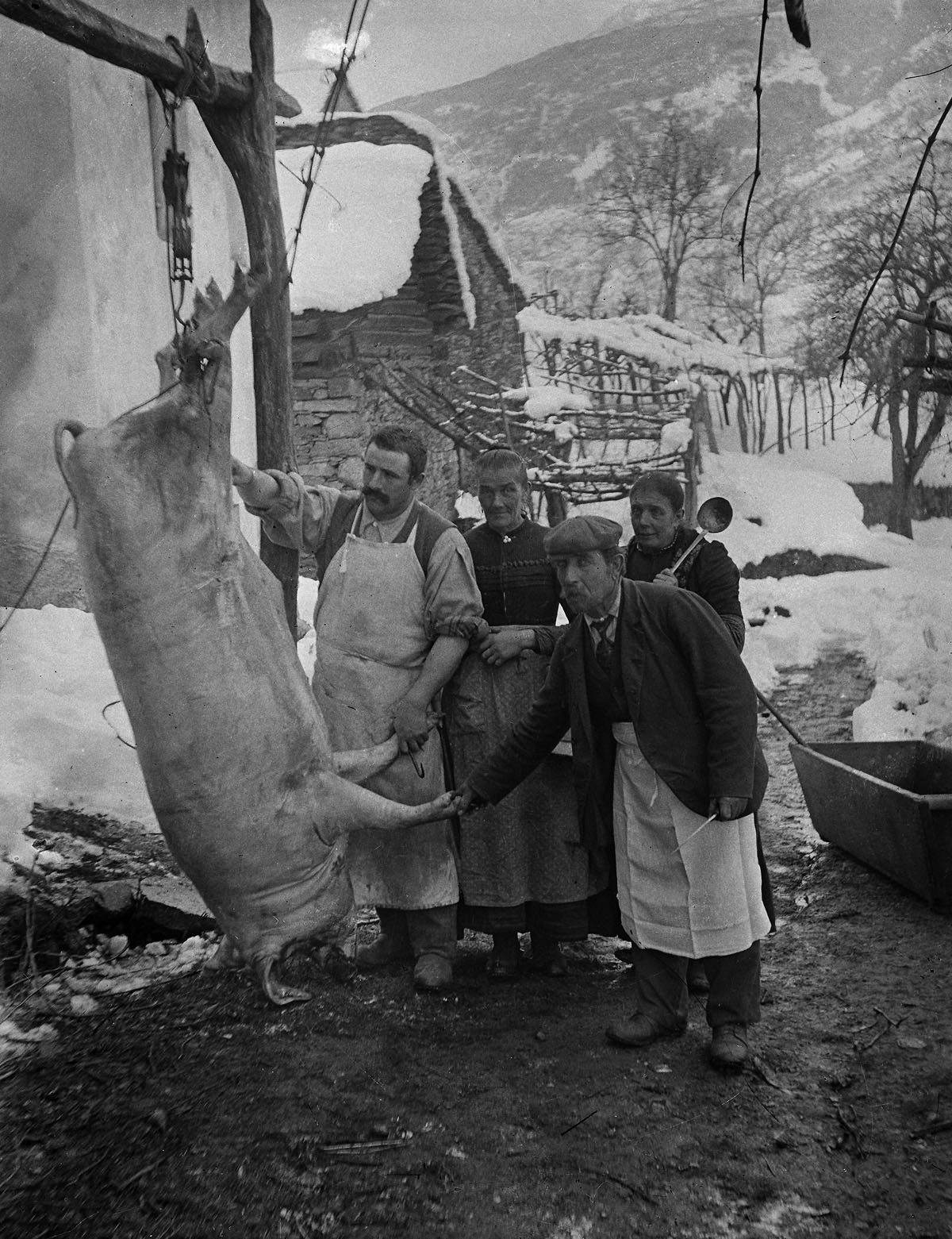
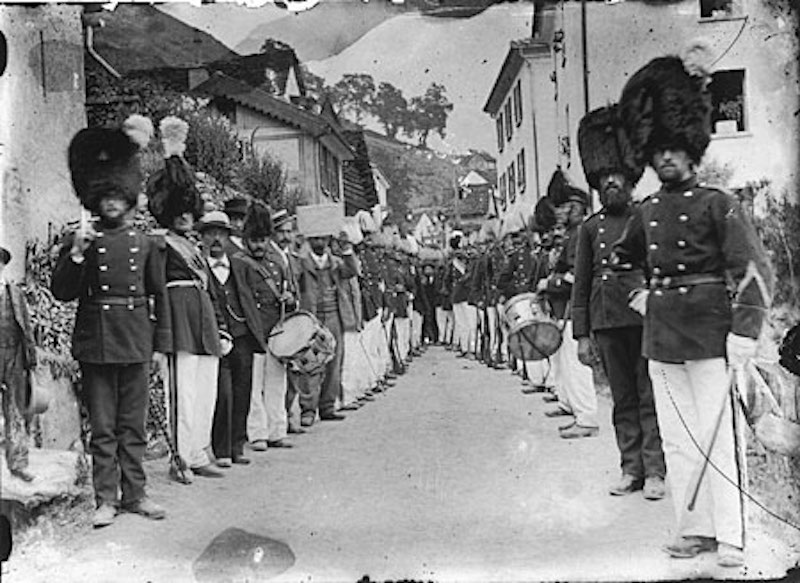

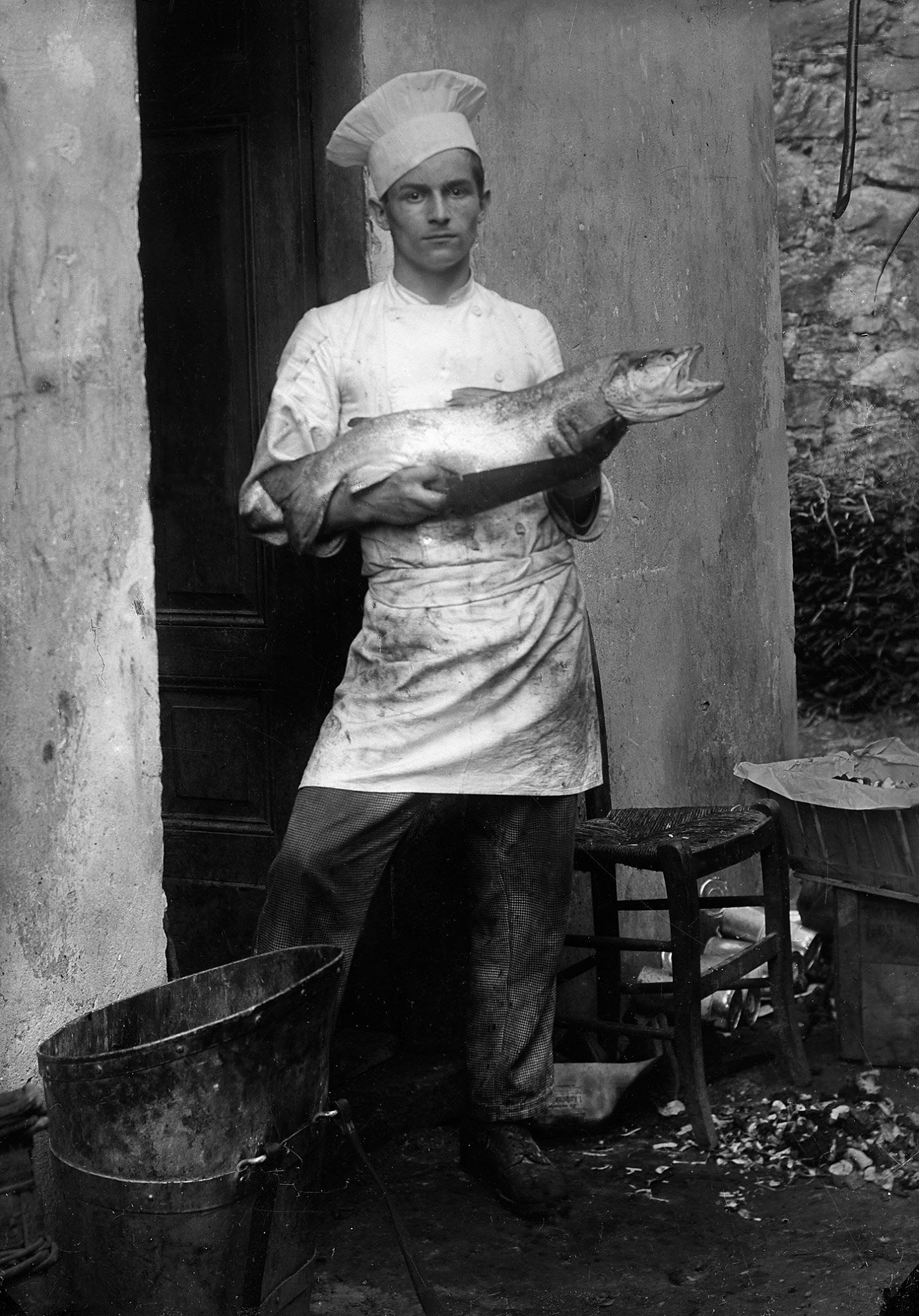
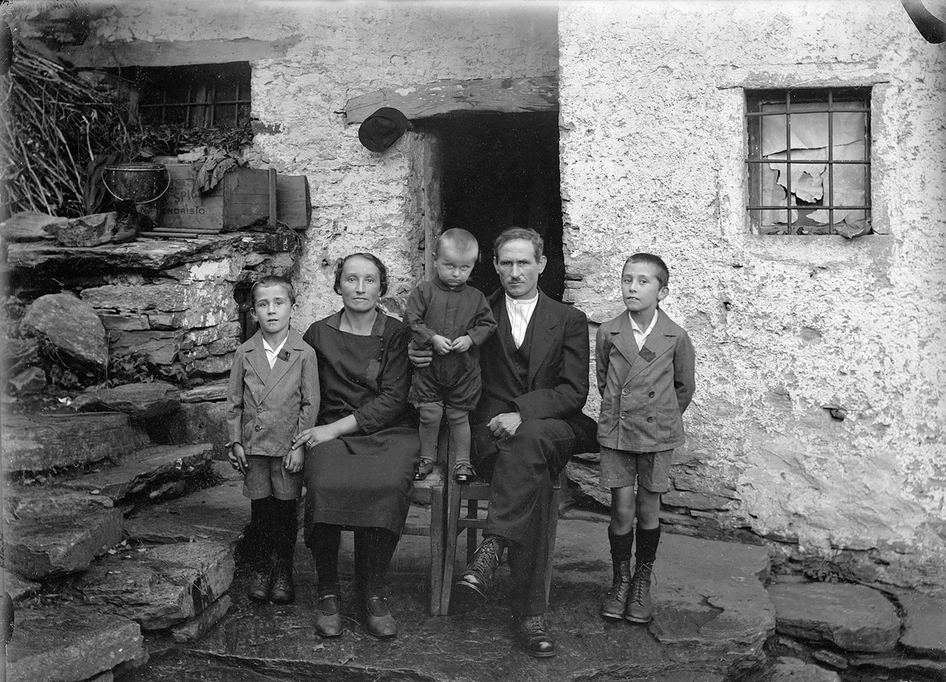
Donetta never got to own his own studio. He moved around with a plate camera and portable backdrops through the valley and barely made ends meet making picture postcards. When he died, Roberto owed money to many of the town’s locals who had help support him throughout his economic hardships. His wife and family had abandoned him and moved to France years ago, but he was obviously well-liked within his community. When the Commune of Corzoneso held an auction of his belongings to retrieve some of the expenses that helped keep him afloat in his last years, his remarkable collection of photography was ironically the only thing they couldn’t sell for any value.
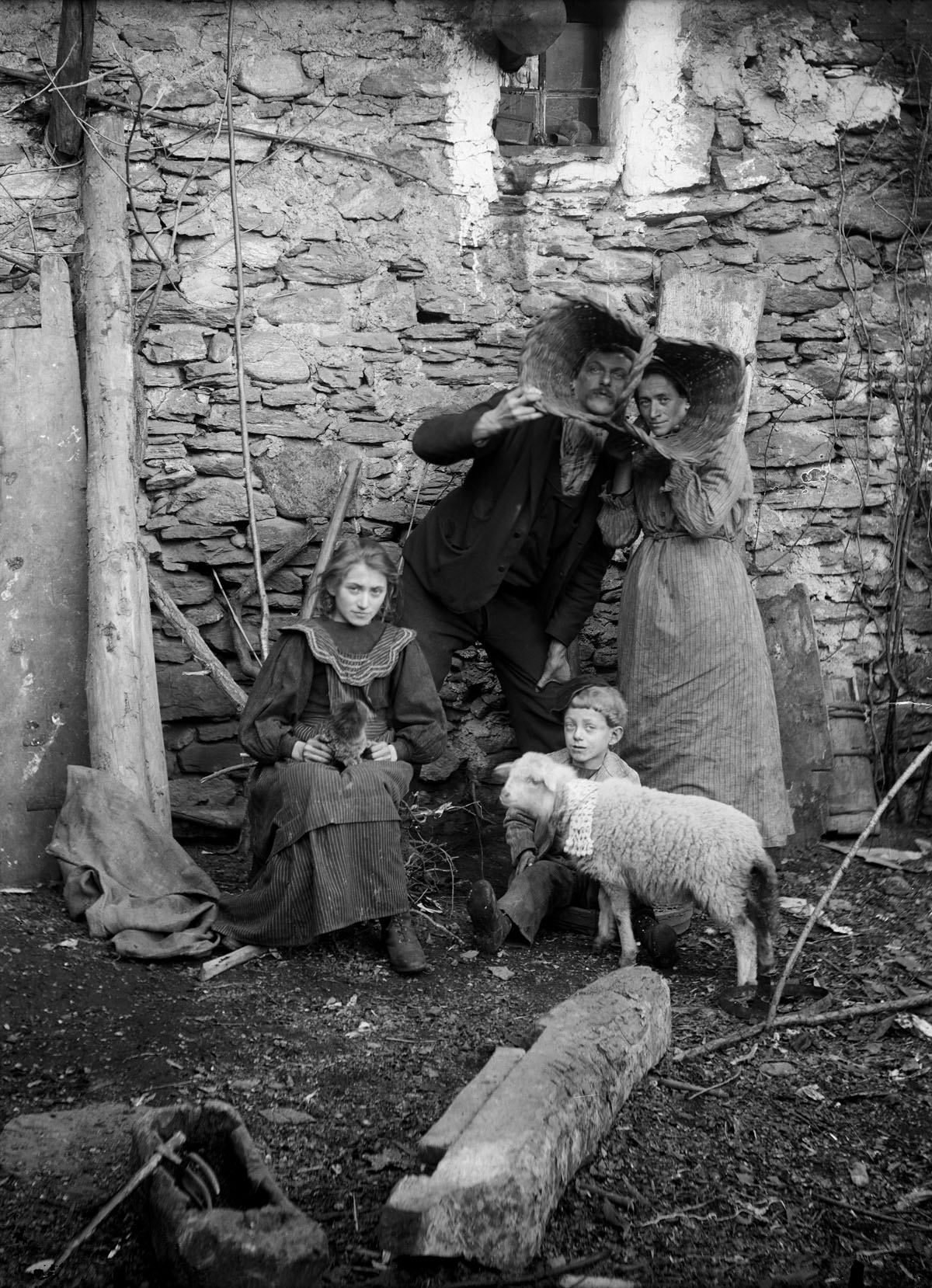
By default, the Commune of Corzonesco became the owners of the Donetta archives, which were re-discovered in the late 1970s. Donetta’s home where he spent the last period of his life, a circular roundhouse that was once the town school before it closed for lack of students, has become the headquarters of the photographer’s foundation. In this small 18th century stone house, his legacy is preserved and managed by a small team of archivists. I thought they could use a little help getting Roberto Donetta’s work out into the world and seen by eyes in faraway places where the vagabond artist and seed salesman must have dreamt of discovering through his lens.
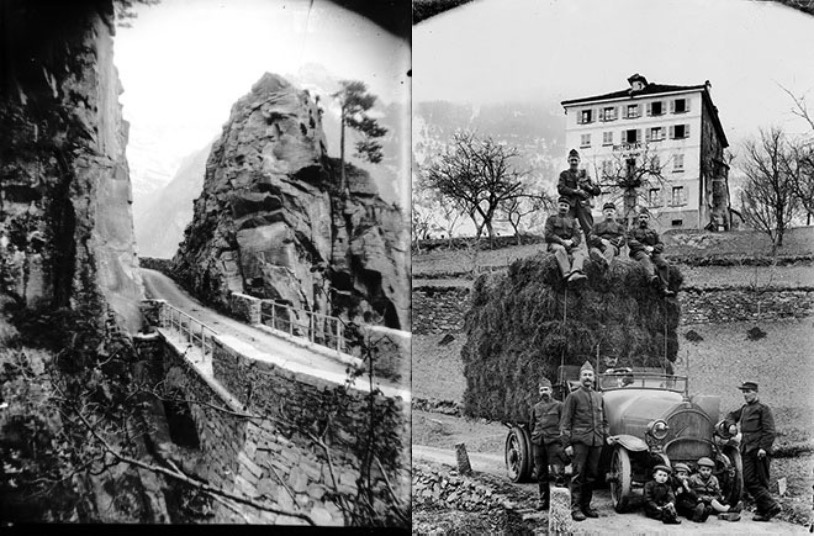
A self portrait of Roberto Donetta:
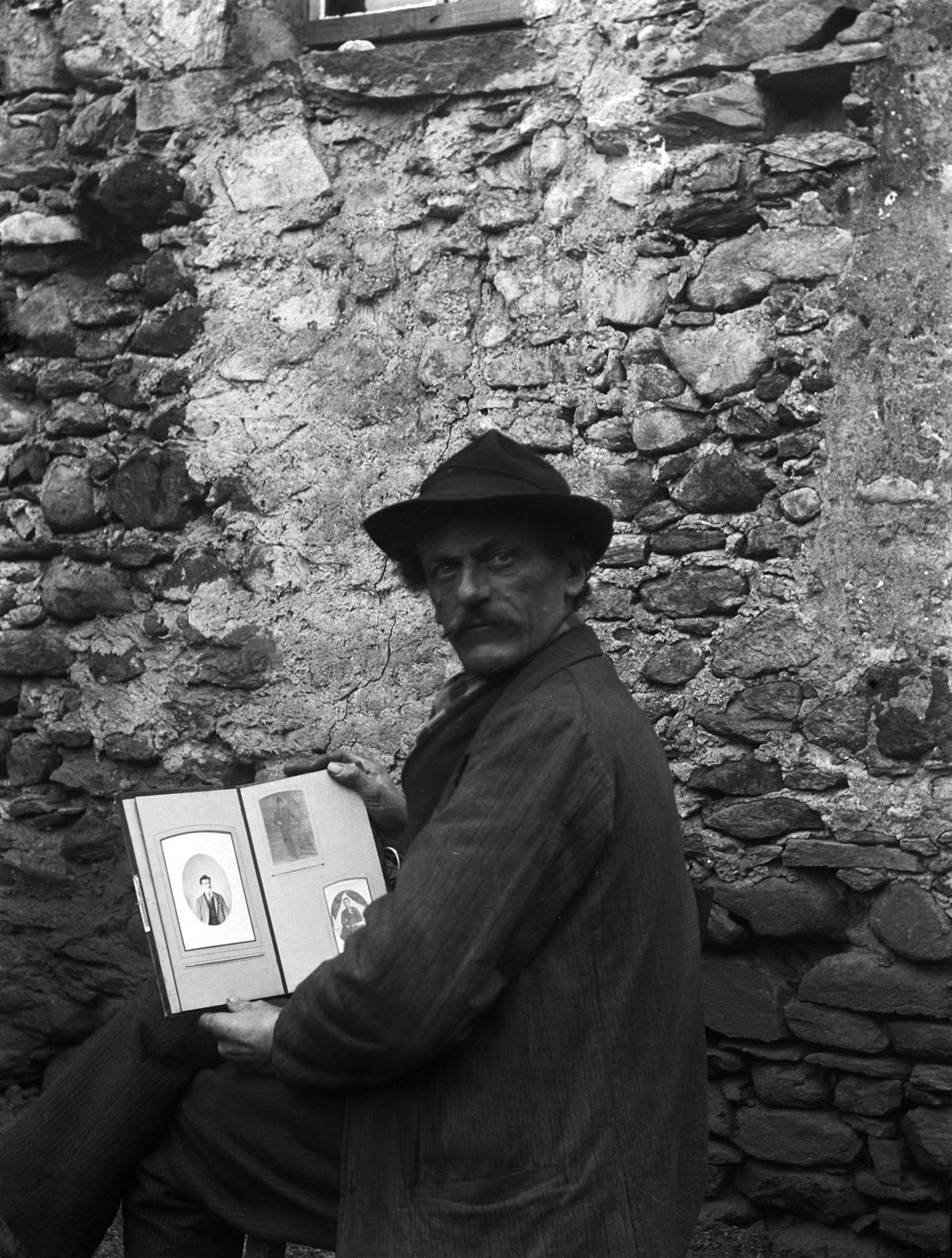
Discover the Roberto Donetta Archives.



